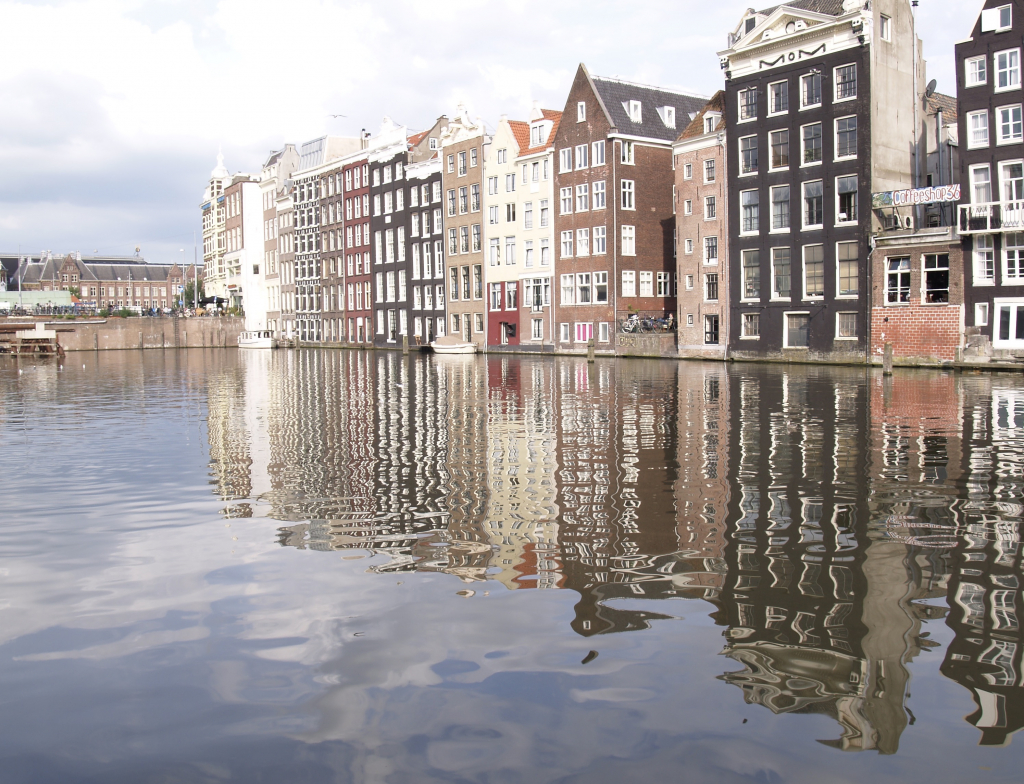
Writing Retreat in Amsterdam, Netherlands
Finding inspiration while writing can be elusive. With all of the interruptions of daily life, many successful writers dedicate a physical space in their home or office to be able to focus and encourage the flow of ideas.
But what if you found an inspiring space to write in, and you were able to spend a few months there rather than a few hours? Read on to see how Professor Nigel Smith has found such a mythical place in the form of Jane Boyd’s quiet and bright home in Amsterdam. It has worked so well for both of them that he and his wife, Noriko Manabe, have just returned for the third time.
Related: Current Listings in Amsterdam on SabbaticalHomes.com
Professor Nigel Smith
Nigel Smith is the William and Annie S. Paton Foundation Professor of Ancient and Modern Literature at Princeton University. He is a very dedicated literature academic of nearly 40 years’ standing who teaches undergraduates and, in his own words, “incubates new lecturers and professors.” Prior to his position at Princeton, he trained and taught at the University of Oxford.
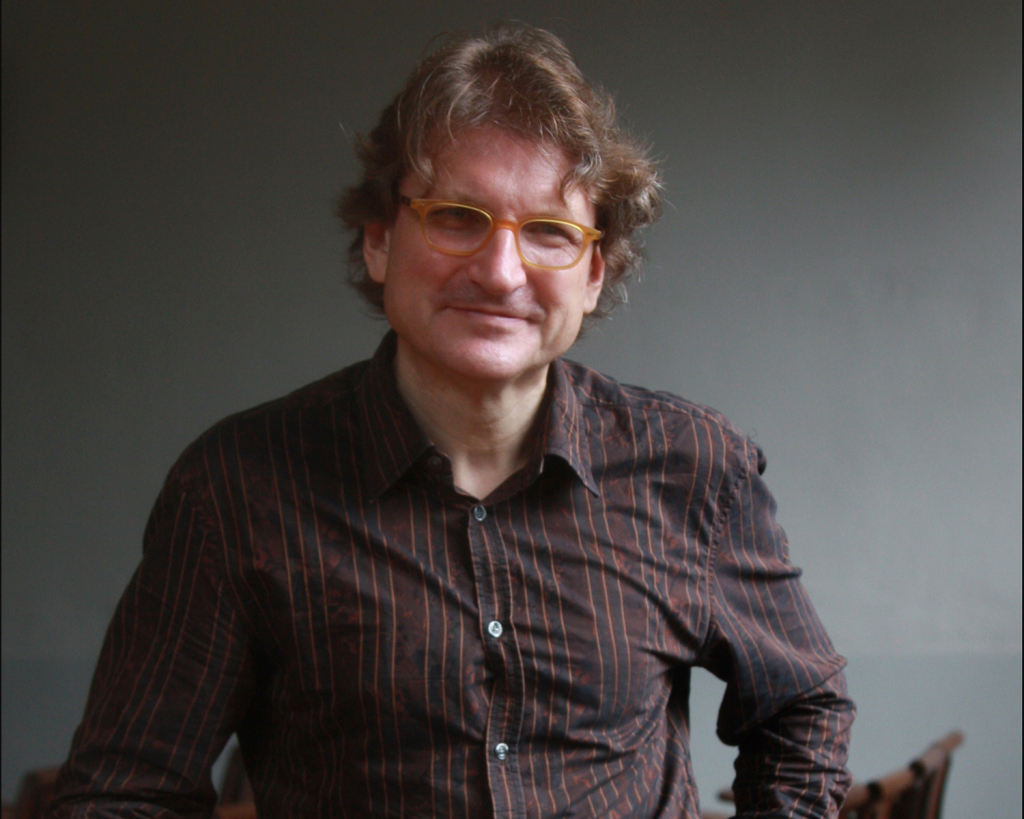
Photo Credit: Oliver Morris
Nigel Smith has been a Member, Visiting Professor and Fellow of numerous academic institutions, including the Huygens Institute, Netherlands, Princeton University and a Guggenheim Fellow. His forthcoming book, Polyglot Poetics: Transnational Early Modern Literature, involves the comparison of English with literatures in other European languages (especially Dutch, German, French and Spanish) in the context of political and religious transformation between 1500 and 1800. It will be published in 2020. Read more details about Professor Smith’s career, fellowships and published works here.
In addition to academics, travel, music and family have always been a part of Nigel’s life. In addition to [writing many] books and articles, he is a musician. He sang in the London Boy Singers in the 1970s, including some bits of Jesus Christ Superstar, and picked up again with rock music in the U.S. by forming two bands with Princeton colleague and buddy, the Irish poet Paul Muldoon.
Nigel’s wife was also in one of these bands, “Wayside Shrines.” An ethnomusicologist, Noriko is interested in the Techno/EDM music scene in Amsterdam, not least the important place of Japanese DJ’s within that sphere. She has thoroughly enjoyed experiencing this and exploring music festivals for the past three summers in Amsterdam.
Jane Boyd
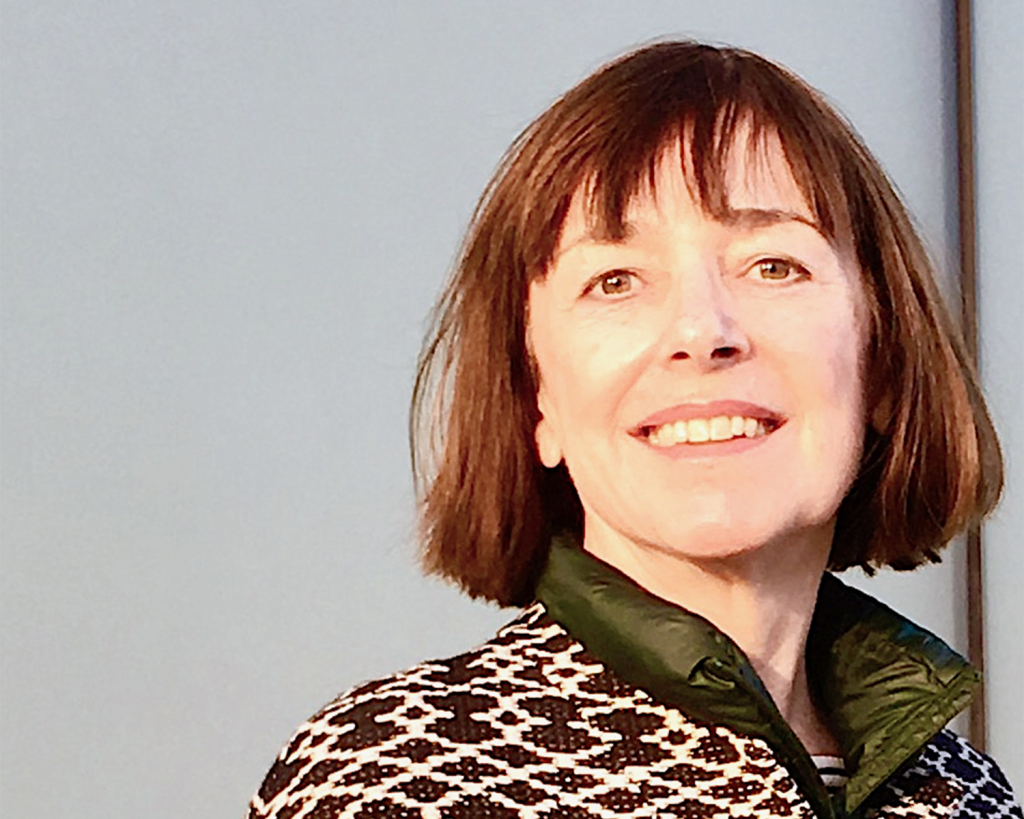
Jane Boyd is a Fine Arts graduate and has held faculty posts in the UK and The Netherlands. She was chiefly associated with Faculty of Fine Art at the University of the Arts, London (UAL), having held lecturing posts in Fine Art at the University of Wales, Newport and Cardiff Metropolitan University.
Jane has also had guest lecturing appointments that have taken her to New York, Sydney, Melbourne and Vadodara (formerly Baroda), Gujarat. Jane has received fellowships from Trinity College, Cambridge and University of London and has been elected to various societies in The Netherlands and UK. When she is in Amsterdam, she lives full time in her wonderful apartment.
Sourcing Inspiration in a Summer Writing Retreat
SabbaticalHomes (SH): Professor Nigel Smith said that he owes so much to your apartment in terms of writing his latest book. What do you think is the secret of your home in Amsterdam?
Jane Boyd (JB): It is surprisingly spacious and quiet, yet plumb in the heart of the city of Amsterdam. Hidden from the street, the apartment has far-reaching cityscape views that offer a concentrated visual boost from virtually any corner. Seen through large windows on three sides, these views become a wonderful part of the interior, bringing monumental buildings – the Rijksmuseum, the Westertoren and the Royal Palace – into the open plan living space.
SH: Nigel, how would you describe Jane’s apartment and how it has served as an inspiration for you?
Nigel Smith (NS): Jane’s apartment has left an indelible presence on my pages, and it is all the better for that, since the building is literally part of the history about which I’m writing.
The building dates to 1610 and was once a silk warehouse: the huge, amazing beams, that have been expertly exposed in Jane’s renovation of the place. [These beams] may well have come from North America, having been taken as ballast after the outgoing cargoes were delivered.
The practice and love of art, and the collecting of it from all over the globe, that is so typical of the Dutch is very evident in Jane’s apartment. To me, there is a continuity between it and the Rembrandthuis, now the Rembrandt House Museum, the former home of Amsterdam’s most famous painter and printmaker.
“Het Schip” Spaarndammerplantsoen Apartment Building.
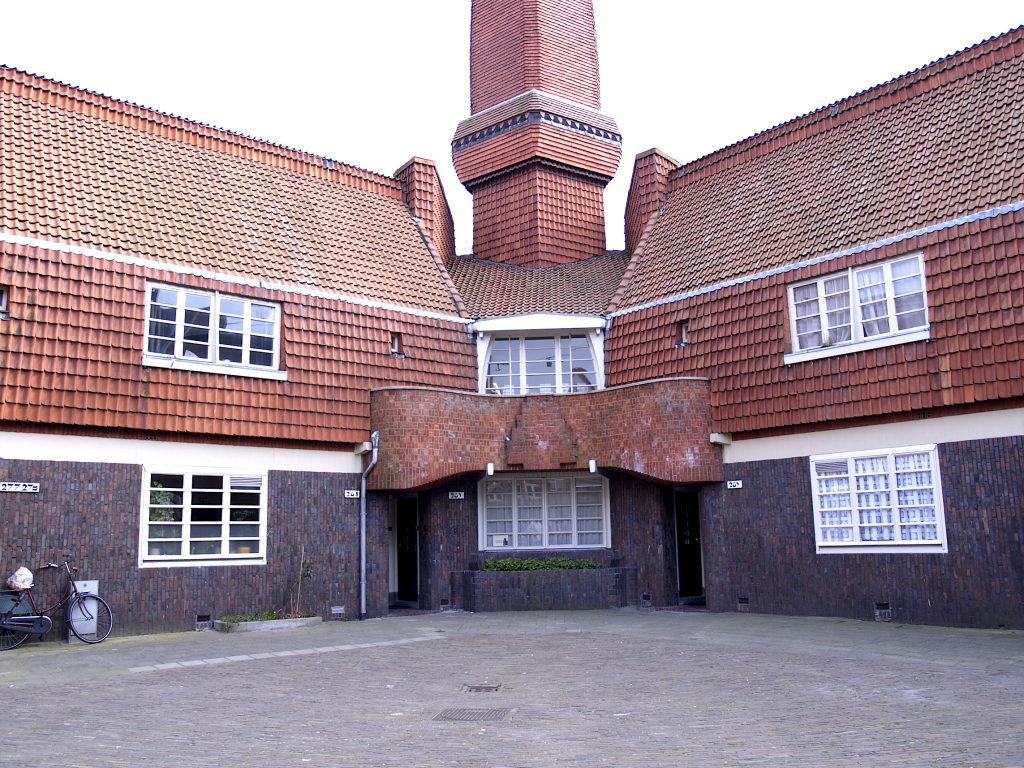
SH: That is so true. There is so much art and outstanding architecture throughout Amsterdam! Jane shared some of her personal photos with us, including a striking example of the Amsterdamse School style of architecture (above).
“Het Boomzagertje”
Jane also shared a photograph of “Het Boomzagertje” 1989 by the Onbekende Beeldhouwer (which translates to “The Anonymous Sculptor”). The artist is responsible for a number of semi-surrealist works around the city.
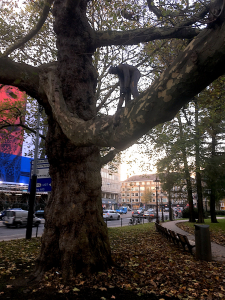
Completing a Multi-Year Project – Polyglot Poetics: Transnational Early Modern Literature
SH: What have you written in Jane Boyd’s Amsterdam home?
NS: I’ve been working on a big book for about ten years: Polyglot Poetics: Transnational Early Modern Literature. In 2017, I was a visiting professor at the Huygens Instituut, part of the Royal Dutch Academy (KNAW; with offices in the former Dutch East Indies Company HQ on the Ouderzijds Acterburgwal in De Wallen, the old city center). That meant coming to Amsterdam to use the libraries and archives to work on the book, and to collaborate with a number of colleagues in the Netherlands.
[The main theme is] about the interconnectedness of literature in the different European vernacular languages in the age of Shakespeare. We all think each [language] is discrete and a universe unto itself, but they all depend on each other. The English are the worst in thinking English Literature is a self-begotten, self-sustaining entity. It isn’t.I’m also showing how important the Dutch were in this international picture, especially when Holland, which was a new nation at the time, led the world in trade, technology and learning in the 1600s. Anglo-Dutch connections are particularly interesting and usually overlooked; everyone came to Holland in the 1600s to be educated, or to seek refuge, and the Dutch controlled global trade. Amsterdam was the key trading center and was incredibly rich, and the most advanced society of the time.
Creating a Writing Retreat Away from Home
Some writers are very productive when they attend writing retreats with other writers. However, many scholars and academics find they are even more prolific when they plan an off-site writing retreat away from home, especially when they need to do research in a specific part of the world.
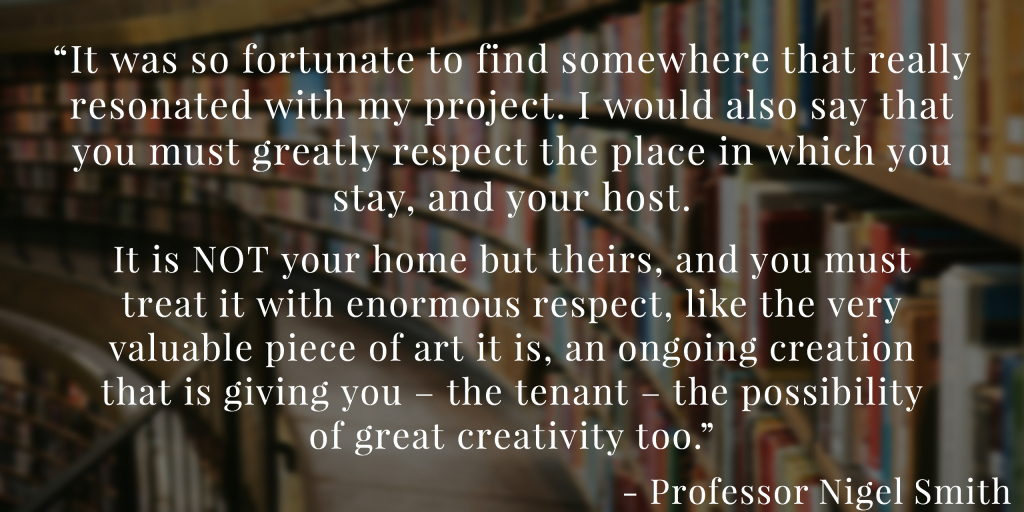
SH: Do you have a favorite area of the home to write in?
NS: I always write at the bureau-desk in the far-right hand corner of the living room. It’s great to put a laptop there, with ample room for a book to consult. That is the place where I toil away with chapter drafts, and indeed have watched the book grow, often with the big sash windows somewhat open (sunny; slightly breezy).
Two years ago, I put together with much excitement some of the first drafts; last summer I worked on the very many translations from Dutch into English in the book; this summer I’m perfecting the stitching together of the various sections, and polishing the whole thing.
When I read, sometimes I sit in the armchairs facing the windows and the big coffee table made from an old wooden door or recline on the sofa on the other side of it. Wherever you go in the apartment there is much daylight; there is even a glass wall about the size of a door between the bedroom and the kitchen area. When the blind is raised it sends even more light right across the apartment: brilliant!
It was so fortunate to find somewhere that really resonated with my project. I would also say that you must greatly respect the place in which you stay, and your host. It is NOT your home but theirs, and you must treat it with enormous respect, like the very valuable piece of art it is, an ongoing creation that is giving you – the tenant – the possibility of great creativity too.
NS: The apartment and Jane’s advice and insight has helped me to develop some ideas for future projects involving Amsterdam.
SH: How does writing in the Amsterdam home compare to writing when you are in your own home or office?
NS: I have all my books at home, so in fact it is often a slower process, with many other distractions. Here I work at the book project, and [enjoy dinners in. If we are dining out, I look forward] to dinner in the Jordaan: the smallish neighborhood in which the apartment is situated, but which seems to have as much cuisine as the rest of the city put together.
SH: How does a place or a home become a source of inspiration for you when you are writing?
NS: I am tuned to history. It is in everything I do, so when a place is historical, it works on me. All of Amsterdam’s history is present in this place, and is apparent to me, even when I don’t write about it (e.g., the young rebels of 1969 who so transformed the city and who are an inspiration to me).
I also respond to the life of the city in every sense, all of its art, music and commerce, and it’s all an inspiration. In short, the apartment and the city buzz with human potential, creativity, good feelings, and I resonate with that.
“A Window in Time” by Motion Paintings; light projections on the Canal Belt during the Festival of Light 2016
Related: Visiting Amsterdam, Netherlands
Making all the Difference as a SabbaticalHomes.com Host
SH: Jane, your home sounds like a wonderful writing sanctuary. Do you do anything special to prepare your apartment for SabbaticalHomes guests?
JB: Having [myself] been the recipient of funding to carry out research away from home, I am graphically aware of the shortfall in good, affordable, rental accommodations. So, I joined SabbaticalHomes to help provide an environment where, for certain individuals, research can flourish. I make every effort to keep on top of maintenance issues and there are certain little additions provided so moving in is that much easier/tastier.
SH: How does your home feel when the inspiration someone else experienced while living there becomes a written book?
JB: This is a very good question. The home is a multiplicity of spaces of every sort that become redefined by the temporal use of a guest. I like to indulge the silence of such spaces and to imagine how the home, with all its idiosyncrasies, can enhance a particular project. It is a great pleasure for me to hear that the environment can contribute so successfully to the work of someone else yet the inspiration may have the potential to work both ways.
SH: How do you (as the host) feel about the role you and your home have played in Nigel’s books?
JB: Our roles, that of my apartment and myself, must be those of careful facilitators. The key lies in my identifying just who would make a good tenant. Where Nigel is concerned, I have had peace of mind that he is able to make optimal use of the apartment whether at work or play. This allows each of us to work efficiently.
Related: Home Preparation: Tenant Move-In Checklist
Finding the Right Match for Your Home
SH: Jane, what made you feel that Nigel and Noriko would be a good fit to stay in your home?
JB: When Nigel made his initial enquiry early in 2017, he gave me an excellent first impression. He took the time to offer, with a dash of humour, a good overview of his past and present academic affiliations plus his reasons for coming to Amsterdam. Yet, there was nothing peremptory about his request.
I also noted that he has been a long-term account holder at SabbaticalHomes. This was the start of email exchanges that certainly succeeded in my avoiding a leap into the unknown, for when he and Noriko rang the doorbell for the first time some months later, there was a welcome sense of relaxed familiarity. They made me feel at home.
SH: That is wonderful to hear! We feel that part of what makes SabbaticalHomes.com unique is that we provide the platform and resources for scholars and academics to find, consider and vet their own tenants and allow our “like-minded community” to find the right match for their needs. Aside from Nigel and Noriko, who might be the perfect fit for you and your space, what defines an ideal tenant for you?
JB: Once, I had an enquiry from someone with the well-intentioned promise to “treat my home as their own.” The ideal tenant for me is someone who, before committing to an agreement, a) recognizes they are stepping away from their own home and into a completely unique environment, b) shows due interest in getting to know the property and myself, c) is generous in their introduction of themselves and d) gives a clear outline of their reasons for coming to Amsterdam.
SH: That is such a good way to articulate how our community works best together, thank you.
Related: Tenant Questionnaire: 15 Questions To Ask Prospective Tenants
Enjoying Amsterdam on Sabbatical
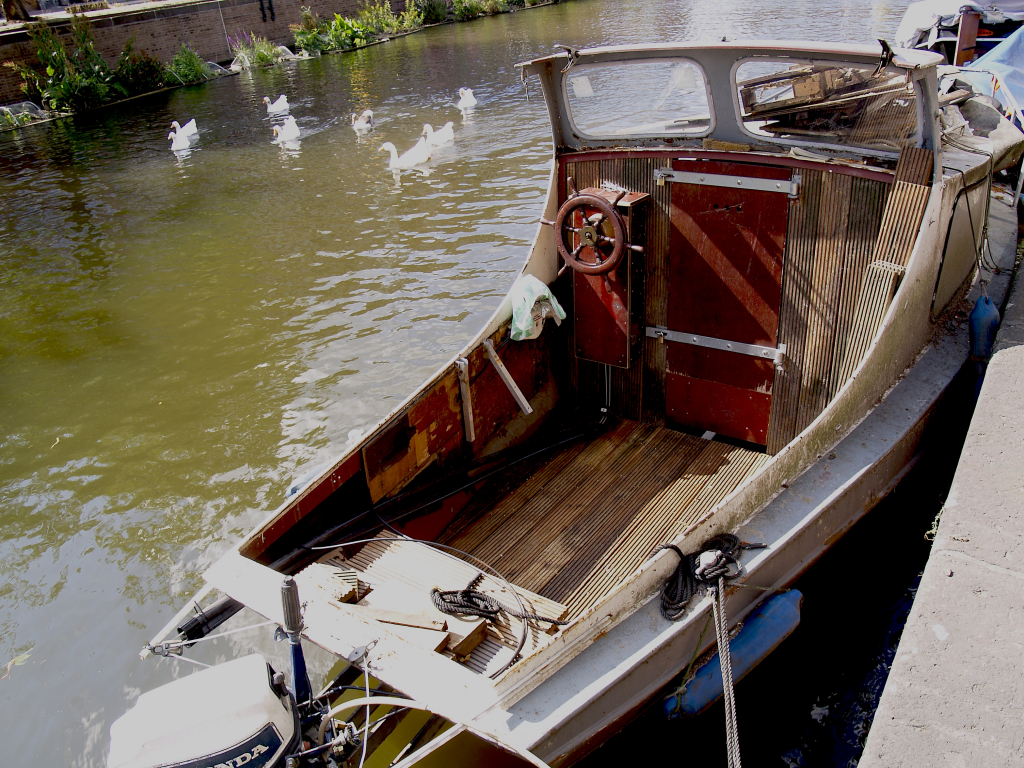
Amsterdam is an energetic and inspiring city, full of art, innovation, and fascinating people like Nigel and Jane. Jane Boyd’s photos around the city are just an added bonus! Explore our current listings in Amsterdam on SabbaticalHomes.com.
We always love hearing from our members, and especially members who have really resonated with each other over the years. We hope you enjoyed this virtual question and answer session with these accomplished academics as much as we did.
Amsterdam Photo credits: Jane Boyd
In our “Member Spotlight” category, we enjoy catching up with our notable members and writing about their multifaceted adventures and accomplishments. Do you have a Sabbatical Homes story you’d like to share?
Let us know what you think! Connect with us on Twitter, LinkedIn, Facebook, Instagram, YouTube and Pinterest.


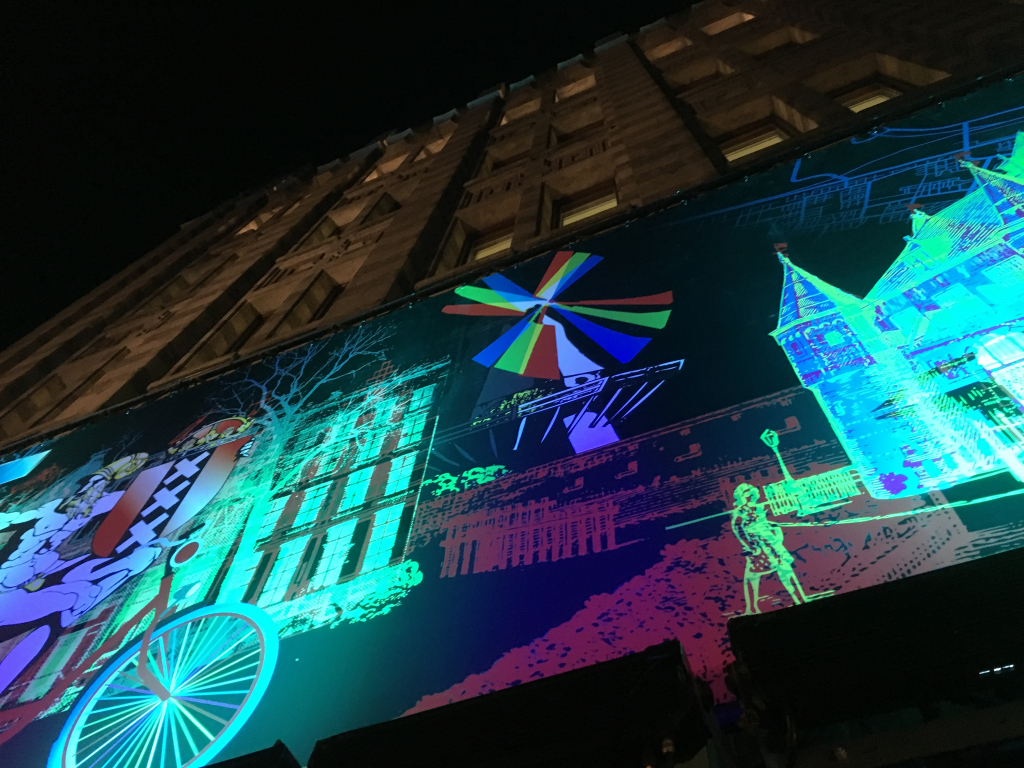

I am interested to have guests in my flat in Benevento from March 2020 on for three/ six months
We hope you have created a listing for your home and found guests that work for your flat.